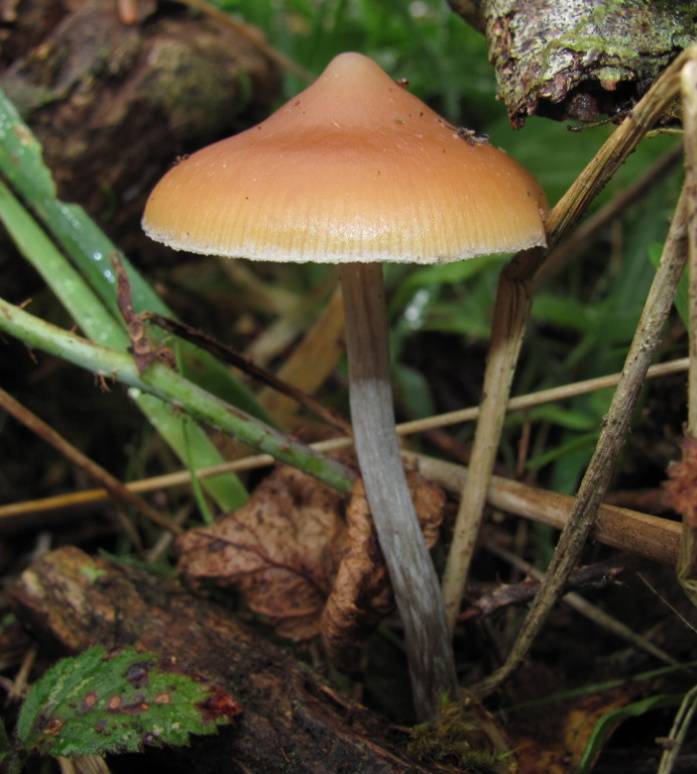
PSILOCYBE EUCALYPTA
Psilocybe eucalypta also known as the “eucalyptus Psilocybe” is a psilocybin-producing mushroom originally found growing in New South Wales, Eastern Australia.
Believed to me moderately active (no analyses have yet been reported), Psilocybe eucalypta is a wood-loving species that fancies growing on eucalyptus debris, thus its epithet “eucalypta”.
It is known to flourish in the southern part of the continent, Victoria, South Australia, Victoria, New South Wales and is also reported growing in Tasmania and New Zealand.
Being in the Southern hemisphere, Australian seasons are opposite than those of North America and Europe.
Summers are during the other hemisphere’s winters, thus from December to February, while spring is from September to November and autumn is from March to May.
From lush tropical rainforests to sparse deserts, to endless golden beaches, to vast pasturing lands, to rich coral reefs, the Australian climate is one of diversity, as its land is. While the coastal temperatures tend not to vary, the inland ones may reach epic changes during the night. These changes in temperatures often please mushrooms and is enough to cause fruiting. Another area where magic mushrooms have been known to thrive,Tasmania, has a temperate maritime climate.
Originally discovered by Mexican Psilocybe expert Gastón Guzmán Huerta and Roy Watling, Psilocybe eucalypta is a bluish-bruising species that shares a very tight taxonomic relationship with Psilocybe subaeruginosa and Psilocybe Australiana.
While mycologists Chang and Mills (1992) have considered Psilocybe tasmaniana, Psilocybe australiana, Psilocybe subaeruginosa, and Psilocybe eucalyptus as synonyms, other experts such as Stamets, Guzman, Bandala, and King are treating these species as separate entities. It is undeniable further studies are needed to show differences between these close relatives.
As known to occur with wood-loving specie such as Psilocybe azurescens, P. cyanescens, P. subaeruginosa, and P. weraroa, Psilocybe eucalypta can be one to cause the famously odd phenomenon known as the “wood lover paralysis”. While sparse psylonaut reports describe the Psilocybe eucalypta potency as moderately active, data is clearly lacking.
Let’s remind that even if these magic mushrooms are now growing in such proximity to our day to day lives, as tempting as it may be to forage them, it is strongly recommended not to. The odds of coming across a deadly species are high and the damage these powerful organisms can inflict to our bodies, irreversible.
Visual Description
PSILOCYBE EUCALYPTA Potency
Habitat Origin



